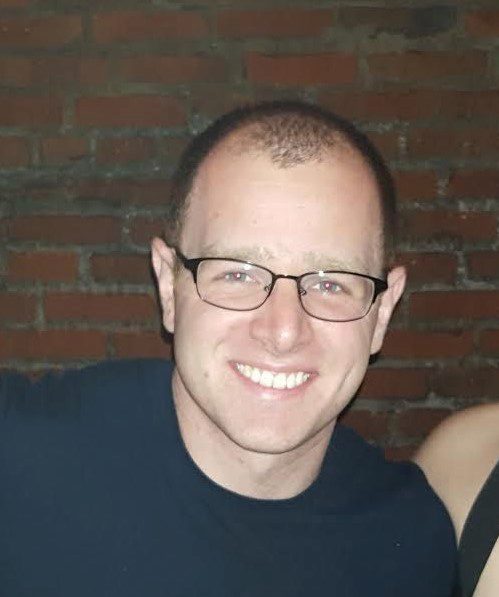Habits involve regular, cue-triggered routines. In a field experiment, we tested whether incentivizing exercise routines—paying participants each time they visit the gym within a planned, daily two-hour window—leads to more persistent exercise than offering flexible incentives—paying participants each day they visit the gym, regardless of timing. Routine incentives generated fewer gym visits than flexible incentives, both during our intervention and after incentives were removed. Even among subgroups that were experimentally induced to exercise at similar rates during our intervention, recipients of routine incentives exhibited a larger decrease in exercise after the intervention than recipients of flexible incentives.
Robert Mislavsky

- Doctoral Candidate
Contact Information
- Primary Email:
rmisl@wharton.upenn.edu
- office Address:
527.8 Jon M. Huntsman Hall
3730 Walnut St.
Philadelphia, PA 19104
Research Interests: consumer behavior, judgment and decision making, risk perception
Links: CV
Activity
Latest Research
John Beshears, Hae Nim (Sunny) Lee, Katherine L. Milkman, Robert Mislavsky, Jessica Wisdom (2020), Creating Exercise Habits Using Incentives: The Trade-off Between Flexibility and Routinization, Management Science, 67 (7), pp. 4139-4171.
All ResearchIn the News
How Can Companies Incentivize AI Adoption?The road to meaningful AI adoption should be paved with employee incentives. Wharton’s Scott Snyder draws a map to show business leaders how they can get there.…Read More
Knowledge @ Wharton - 2026/01/13

